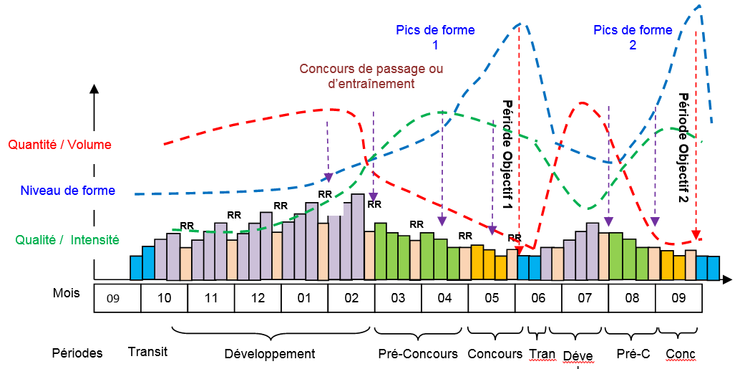


Process 3–4: Isentropic expansion : The dry saturated vapour expands through a turbine, generating power.Process 2–3: Isobaric heat addition : The high-pressure liquid enters a boiler where it is heated at constant pressure by an external heat source to become a dry saturated vapour.Process 1–2: Isentropic compression : Working fluid is pumped from low to high pressure.These are four processes in the Rankine cycle: Rankine cycle is an ideal cycle for steam power plant which uses water and steam as a working fluid to generate power with the help of a steam turbine. The four processes of the reversed Carnot cycle are as follows. Miller, Computational Methods of Neutron Transport, American Nuclear Society, 1993, ISBN: 2-4.A reversed Carnot cycle is a Refrigeration cycle that uses air as a working medium (or refrigerant) is shown on p-v and T-S diagrams in the figures below. Hetrick, Dynamics of Nuclear Reactors, American Nuclear Society, 1993, ISBN: 3-2. Neuhold, Introductory Nuclear Reactor Dynamics, American Nuclear Society, 1985, ISBN: 9-4. Bezella, Introductory Nuclear Reactor Statics, American Nuclear Society, Revised edition (1989), 1989, ISBN: 3-2. Department of Energy, Nuclear Physics and Reactor Theory. DOE Fundamentals Handbook, Volume 1 and 2. January 1993. Robert Reed Burn, Introduction to Nuclear Reactor Operation, 1988.Physics of Nuclear Kinetics. Addison-Wesley Pub. Nuclear and Particle Physics. Clarendon Press 1 edition, 1991, ISBN: 978-0198520467 Nuclear Reactor Engineering: Reactor Systems Engineering, Springer 4th edition, 1994, ISBN: 978-0412985317 Stacey, Nuclear Reactor Physics, John Wiley & Sons, 2001, ISBN: 0- 471-39127-1. Baratta, Introduction to Nuclear Engineering, 3d ed., Prentice-Hall, 2001, ISBN: 8-1. Lamarsh, Introduction to Nuclear Reactor Theory, 2nd ed., Addison-Wesley, Reading, MA (1983). around 30 MPa) and use multiple stage reheat reach about 48% efficiency. Most efficient and also very complex coal-fired power plants that are operated at “ultra critical” pressures (i.e. greater than 22.1 MPa), have efficiencies around 43%. Supercritical designs, that are operated at supercritical pressure (i.e. lower than 22.1 MPa), can achieve 36–40% efficiency. Sub-critical fossil fuel power plants, that are operated under critical pressure (i.e. However, metallurgical considerations place an upper limits on such pressures. But this requires an increase in pressures inside boilers or steam generators. This feature is valid also for real thermodynamic cycles.

The Carnot efficiency dictates that higher efficiencies can be attained by increasing the temperature of the steam. These processes cannot be achieved in real cycles of power plants.

The Carnot efficiency is valid for reversible processes. It must be added, this is an idealized efficiency. For this type of power plant the maximum (ideal) efficiency will be: In a modern coal-fired power plant, the temperature of high pressure steam (T hot) would be about 400☌ (673K) and T cold, the cooling tower water temperature, would be about 20☌ (293K). T H is the absolute temperature (Kelvins) of the hot reservoir.T C is the absolute temperature (Kelvins) of the cold reservoir,.it is the ratio = W/Q H of the work done by the engine to the heat energy entering the system from the hot reservoir. is the efficiency of Carnot cycle, i.e.The formula for this maximum efficiency is: The efficiencies of all reversible engines ( Carnot heat engines) operating between the same constant temperature reservoirs are the same, regardless of the working substance employed or the operation details.No engine can be more efficient than a reversible engine ( a Carnot heat engine) operating between the same high temperature and low temperature reservoirs.In short, Carnot’s principle states that the efficiency of a thermodynamic cycle depends solely on the difference between the hot and cold temperature reservoirs. In 1824, a French engineer and physicist, Nicolas Léonard Sadi Carnot advanced the study of the second law by forming a principle (also called Carnot’s rule) that specifies limits on the maximum efficiency any heat engine can obtain.


 0 kommentar(er)
0 kommentar(er)
